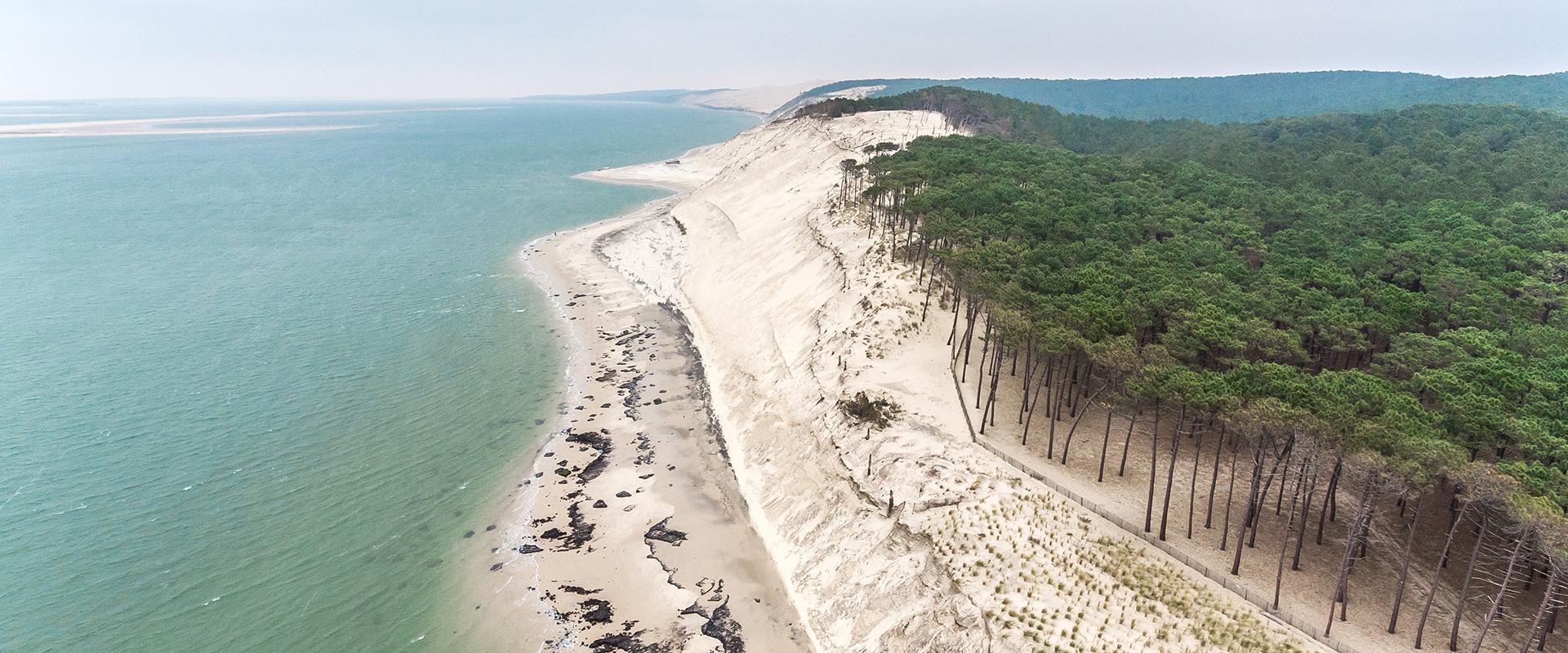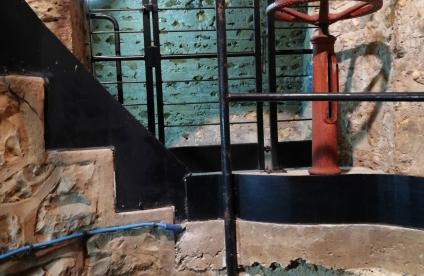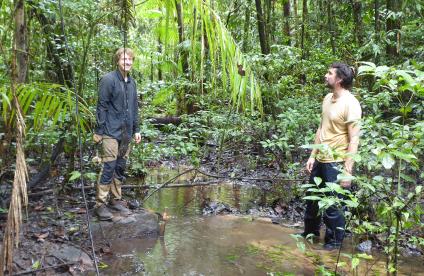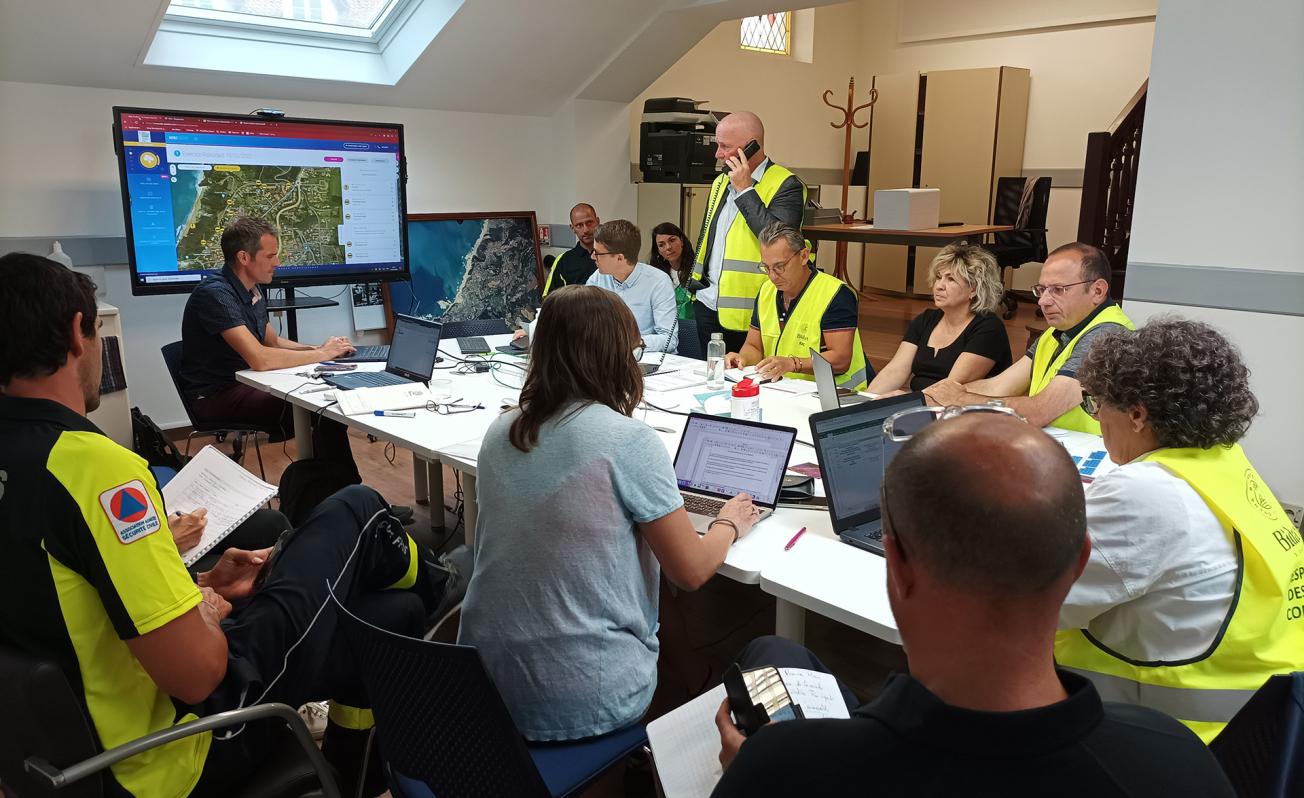
On 19 May 2022, BRGM conducted a “life-size” crisis management exercise simulating a major cliff failure in Bidart (Pyrénées-Atlantiques, 2022).
© BRGM - Séverine Bernardie
The need
BRGM is supporting the authorities in their response to the crises associated with natural risks. In September 2021, it joined forces with the Gironde prefecture, the General Directorate for Civil Security and Crisis Management (DGSCGC), the Ministry of the Interior and the Syndicat Intercommunal du Bassin d'Arcachon (SIBA) to carry out an original crisis exercise simulating an episode of coastal flooding in the Bay of Arcachon, following a major storm.
Given the code name “SAFFIR”, this exercise in coastal flooding was undertaken to transfer the know-how acquired by the DGSCGC and BRGM, in designing and coordinating “RICHTER” crisis management exercises on earthquakes.
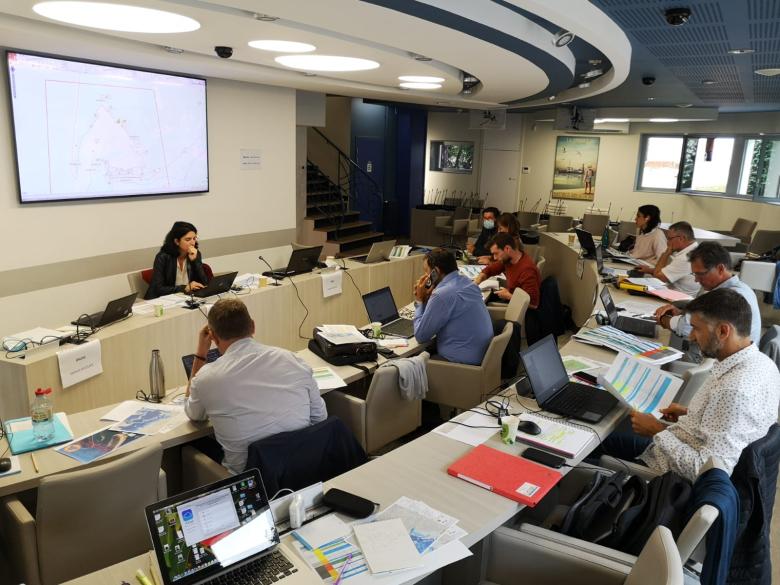
Office of the Bay of Arcachon stakeholder coordination department, led by BRGM (Arcachon, 2021)
© BRGM- Samuel Auclair
The results
Over a period of three days, from 27 to 29 September 2021, the different stakeholders involved in the exercise were able to test their response to a scenario of coastal flooding following a winter storm. Developed by BRGM using numerical modelling, this scenario is based on the actual storm Klaus, with the addition of an unfavourable conjunction in relation to the tide.
The main aim of the exercise was to test the civil security response plan (Orsec) faced with an event of this nature, as well as to check the alert procedure, the coordination between the various players and the way in which the crisis is managed at municipal level. A number of scenarios (evacuation of the population, road closures, etc.) were also simulated in the field in several municipalities, primarily to raise the awareness of the population concerning the risk of coastal flooding.
SAFFIR brought together nearly forty participating entities, including government departments, the 10 municipalities bordering the Bay of Arcachon, the Syndicat Intercommunal du Bassin d'Arcachon, (SIBA), the Nouvelle Aquitaine Regional Council, the Gironde Departmental Council, National Education, Météo France, the emergency services (Fire, Police, Gendarmerie) as well as a number of companies including RTE (Electricity transport grid), ENEDIS (Manager of electricity distribution for 95% of the region) and Orange (telephone and internet service provider), etc.
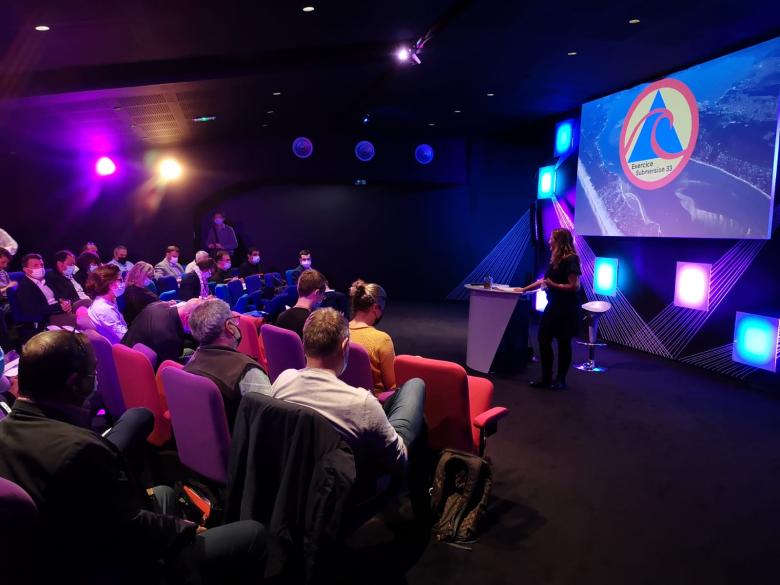
On-the-spot feedback session with Arcachon Bay stakeholders (Biganos, 2021).
© BRGM - Sophie Lecacheux
Using the results
In addition to raising the awareness of the stakeholders and the population, this type of exercise and the feedback received, both on the spot and in the longer term, makes it possible to test all the existing procedures, to improve them, and even to identify any that are missing in order to make globally coherent decisions.
The partners
- Gironde Préfecture
- Direction General for Civil Security and Crisis Management (DGSCGC), Ministry of the Interior
- Syndicat Intercommunal du Bassin d'Arcachon (SIBA)

